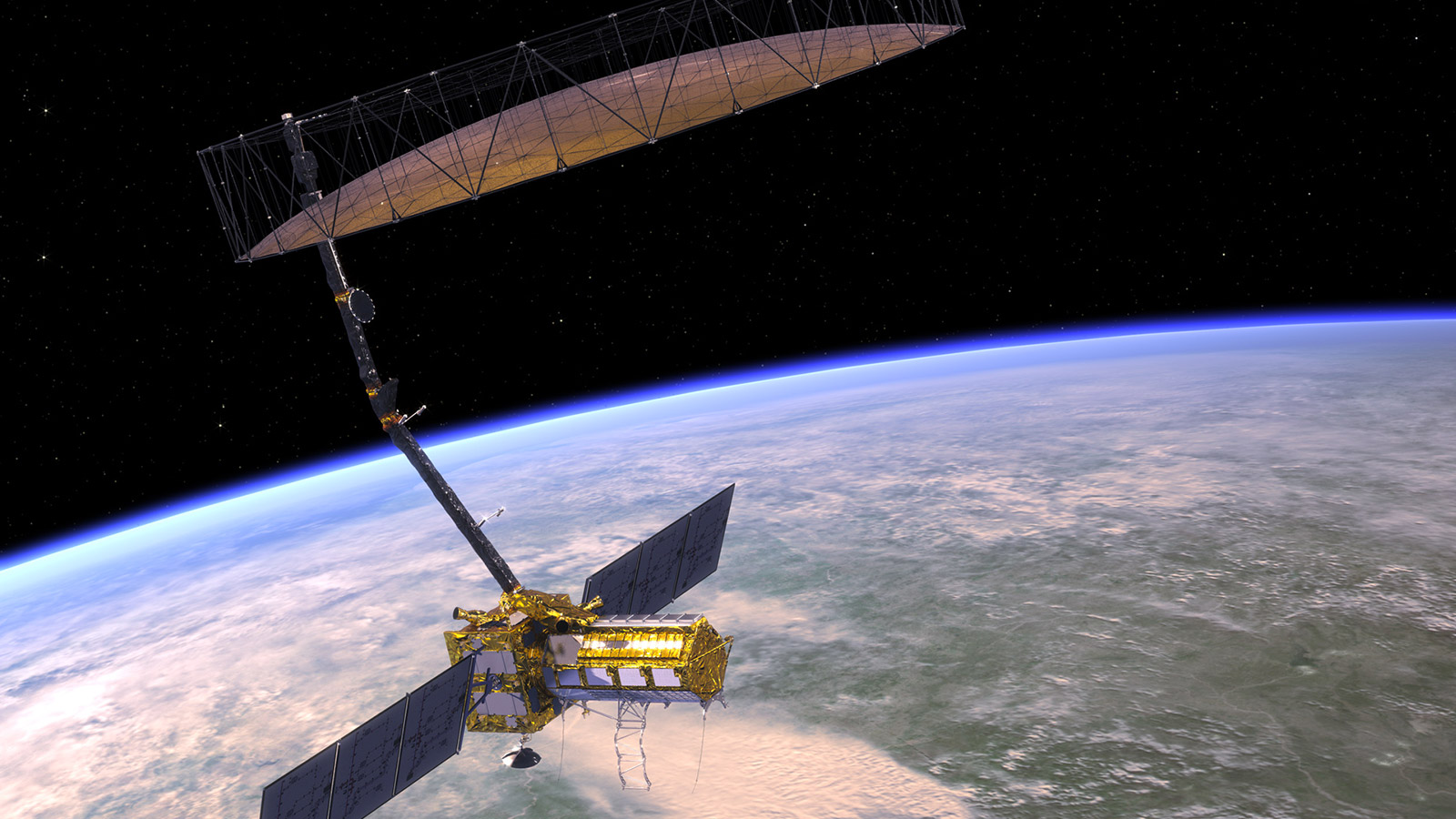NASA-ISRO Synthetic Aperture Radar (NISAR)
07-02-2023
1 min read

Overview:
NISAR recently got a send-off ceremony at the American space agency’s Jet Propulsion Laboratory (JPL) in Southern California to be shipped to India in a special cargo container flight.
Key facts about NISAR:
- NISAR is a Low Earth Orbit (LEO) observatory jointly developed by NASA and ISRO.
- It is an SUV-size satellite weighing 2,800 kilograms.
- It consists of both L-band and S-band synthetic aperture radar (SAR) instruments, which makes it a dual-frequency imaging radar satellite.
- NISAR will be the first satellite mission to use two different radar frequencies (L-band and S-band) to measure changes in our planet's surface.
- SAR is capable of penetrating clouds and can collect data day and night regardless of the weather conditions.
- NASA has provided the L-band radar, GPS, a high-capacity solid-state recorder to store data, and a payload data subsystem. ISRO has provided the S-band radar, the GSLV launch system, and spacecraft.
- It also consists of a large 39-foot stationary antenna reflector made of a gold-plated wire mesh which will be used to focus “the radar signals emitted and received by the upward-facing feed on the instrument structure.
- Mission Objectives:
- It will measure Earth’s changing ecosystems, dynamic surfaces, and ice masses, providing information about biomass, natural hazards, sea level rise, and groundwater.
- NISAR will observe Earth’s land and ice-covered surfaces globally with 12-day regularity on ascending and descending passes.

Q1) What is a Low Earth Orbit (LEO)?
LEO is an orbit around the Earth with an altitude that lies towards the lower end of the range of possible orbits. This is around 1,200 miles (2,000 km) or less.
Source: NASA-ISRO partnership’s satellite all set to arrive in India: What is NISAR and its mission?
